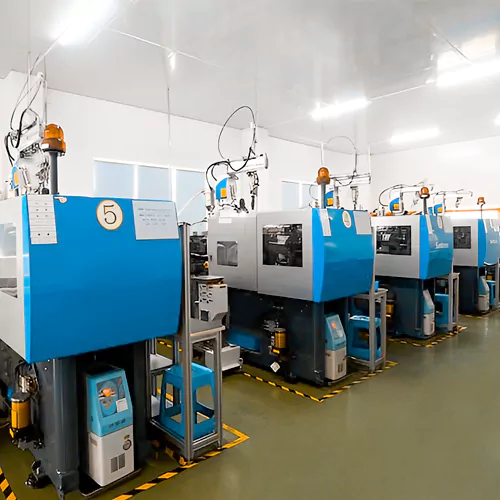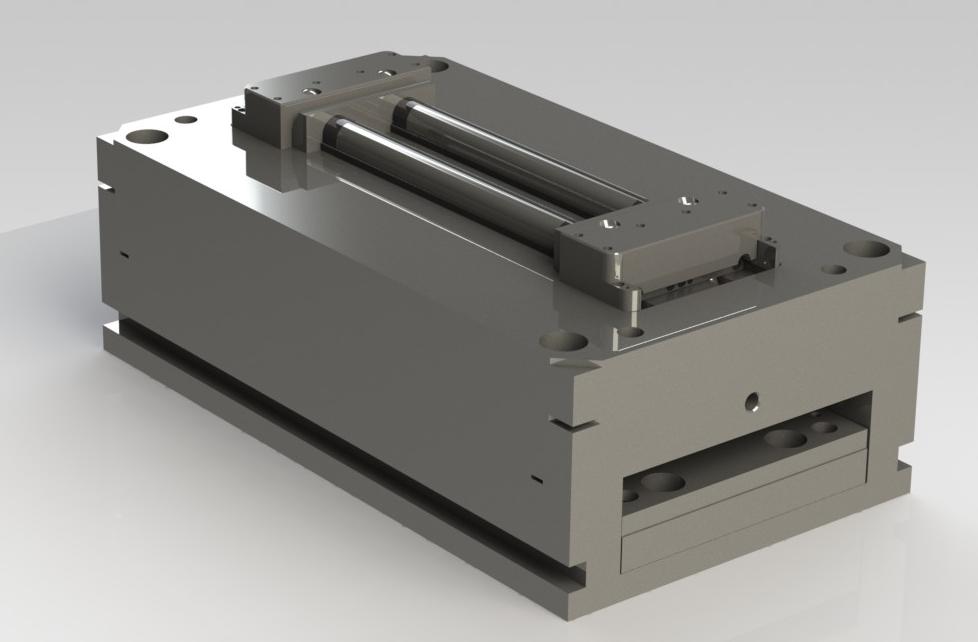Why Plastic Injection Molding Is Essential for Accuracy and Durability
Wiki Article
Understanding the Basics of Plastic Injection Molding Procedures
Plastic injection molding offers as a cornerstone of modern-day production, giving a methodical method to producing intricate parts with accuracy. This process not just incorporates the basic steps of melting and injecting products into mold and mildews however additionally involves a nuanced understanding of various influencing elements, such as temperature and pressure. As markets progressively demand efficiency and high quality, the complexities of this method end up being more important. Checking out these important aspects might disclose exactly how even small adjustments can cause significant improvements in manufacturing end results, questioning regarding the possibility for innovation in this established process.What Is Plastic Shot Molding?
Plastic shot molding is a commonly used manufacturing procedure that transforms thermosetting and thermoplastic products into exact and intricate shapes. This technique is favored for its capacity to produce high quantities of identical components with outstanding precision, making it an important technique in numerous industries, including auto, consumer products, and clinical gadgets.
The procedure includes thawing the selected plastic product and infusing it into a mold under high stress. The mold and mildew, designed to the requirements of the wanted part, enables the molten plastic to form as it cools down and strengthens. When the material has actually set, the mold is opened, and the finished part is ejected.
Plastic shot molding offers numerous advantages, consisting of reduced waste, consistency in manufacturing, and the capacity to include intricate styles that might be challenging with various other manufacturing methods. Furthermore, it sustains a broad variety of materials, each offering distinct homes that can be customized for certain applications. As markets proceed to innovate, plastic shot molding stays at the leading edge, allowing the advancement of sophisticated items that satisfy developing consumer demands.
The Injection Molding Process
The shot molding procedure is an innovative strategy that includes a number of crucial phases to create top notch plastic elements. Plastic pellets are fed into a heated barrel where they are thawed right into a thick liquid. This molten plastic is then infused under high stress into a precision-engineered mold, which shapes the material right into the preferred type.When the mold is filled, the plastic is permitted to solidify and cool down, taking the form of the mold and mildew dental caries. Air conditioning time is important, as it influences the cycle time and the last buildings of the molded part. After sufficient air conditioning, the mold opens up, and the finished part is expelled using ejector pins.

Materials Used in Injection Molding
Various products can be utilized in the injection molding procedure, each offering one-of-a-kind buildings that cater to certain applications. The most typically made use of products consist of thermoplastics, thermosetting plastics, and elastomers.Thermosetting plastics, like epoxy and phenolic resins, go through a chemical adjustment during the healing process, leading to an inflexible, stringent structure. These materials are excellent for applications requiring high warm resistance and architectural integrity, typically made use of in automotive parts and electric insulators.
Elastomers, consisting of silicone and rubber-based products, give flexibility and durability. Their distinct homes make them ideal for applications that require elasticity, such as gaskets and seals.
In addition, specialized products like bio-based plastics and compounds are acquiring grip for their ecological advantages and improved efficiency characteristics, broadening the extent of injection molding applications in various industries. Understanding the buildings of these materials is essential for choosing the appropriate kind for specific tasks.
Benefits of Injection Molding
Shot molding stands out as a check my reference very reliable production procedure that supplies countless benefits for creating intricate get rid of accuracy. One of the most substantial advantages is the capacity to develop complex designs that would be challenging or impossible to attain with other methods (Plastic Injection Molding). The procedure enables for tight tolerances and detailed attributes, making sure top notch partsFurthermore, injection molding is recognized for its fast production capabilities, making it a perfect option for high-volume production. When the mold and mildew is produced, parts can be generated promptly, minimizing lead times and raising go to this web-site general productivity. This performance not only decreases production costs yet likewise gives an one-upmanship on the market.
The versatility of materials utilized in shot molding additionally improves its allure. A variety of thermoplastics and thermosetting polymers can be utilized, permitting producers to choose materials that ideal meet their certain demands, including flexibility, warmth, and stamina resistance.
Furthermore, the procedure lessens waste, as excess product can frequently be reused and reused. This sustainability facet adds to a lowered ecological impact, making shot molding a liable production selection. In general, the benefits of shot molding make it a recommended approach for many industries.
Aspects Influencing Item Top Quality
While various variables can affect product top quality in injection molding, understanding these elements is important for attaining optimal outcomes. Trick facets consist of material choice, refining parameters, and mold and mildew style.Product choice plays a crucial function, as different polymers show one-of-a-kind properties that affect flowability, toughness, and thermal stability. Poor product option can bring about defects such as warping or insufficient dental filling.
Processing parameters, including pressure, temperature level, and cycle time, must be carefully controlled. Variants in these setups can result in inconsistencies partially measurements and surface coating. Excessively high temperatures might cause destruction of the polymer, while insufficient pressure can result in short shots.
Mold and mildew design is just as crucial, as it identifies the circulation of the molten plastic and the cooling process. Poorly developed mold and mildews may bring about unequal cooling rates, causing residual stress and anxieties and dimensional inaccuracies.

Verdict
To conclude, plastic shot molding functions as an important production procedure that allows the reliable manufacturing of premium elements. Proficiency of the injection molding process, consisting of the understanding of products and the influence of different elements on product top quality, is essential for accomplishing ideal results. The advantages of this approach, such as cost-effectiveness and design flexibility, more emphasize its relevance across several markets, solidifying its standing as a recommended selection for high-volume manufacturing.Plastic injection molding serves as a keystone of modern-day manufacturing, providing a systematic technique to creating intricate parts with precision.Plastic shot molding uses a number of advantages, including minimized waste, consistency in manufacturing, and the ability to incorporate detailed styles that might be challenging with other making techniques (Plastic Injection Molding). As industries continue to introduce, plastic injection molding continues to be at the forefront, allowing the advancement of innovative products that fulfill developing visit this website consumer needs
The injection molding procedure is a sophisticated strategy that includes several essential stages to produce top notch plastic components.In verdict, plastic injection molding offers as a vital production process that allows the efficient manufacturing of high-quality elements.
Report this wiki page